Bannuo Rattan Strip Tea is a very famous kind of tea in Lincang area, especially in Shuangjiang County, which enjoys a very high reputation. The formation of Bannuo Rattan Tea can be traced back to the Qing Dynasty, when Han Chinese moved into the Bannuo area and brought with them the resting and cultivation techniques of Rattan Tea.
Characteristics of Bannuo rattan tea include its unique pruning method, where the tea trees are pruned into rattan shapes, retaining only the buds and leaves at the top of the branches, leaving the rest of the tree bare.
Historical Background
The history of rattan tea in Ban Nuo can be traced back to the Qing Dynasty, when Han Chinese moved into the Ban Nuo area and brought with them the art of rattan tea pruning. This technique has been well preserved and developed in Bannuo, which makes Bannuo the best preserved place for rattan tea in Shuangjiang County and even in the whole Lincang area!
Geographical Distribution
Damnuo is located in the eastern half of Menghu Mountain, about 18 kilometers away from the Menghu Township Government, which is not easily accessible. Despite this, Banuo is still the largest village in the eastern half of Menghu, with more than 300 families, of which 85% are Han Chinese!
The area of rattan tea plantations in Bannuo ranks first within Shuangjiang County and is in a good state of preservation
Planting techniques and cultural significance
The planting technology of Damnuo rattan tea includes pruning the tea trees into rattan shape, retaining only the buds and leaves at the top of the branches and leaving the rest bare. This type of pruning not only increases the yield of tea, but also facilitates picking
The cultivation of Bannuo rattan tea has a long history, and the Lahu people started growing tea before they moved into the Han Chinese, who brought with them the rattan tea pruning technique
Taste and Quality
The taste of Banuo Rattan Strip Tea is unique, the tea broth is full of masculinity, the flavor is sweet and thick, and the qi is sufficient and long. Its soup color is greenish yellow and transparent, the aroma is high and lasting, with rapid sweetness, floral and fruity aroma intertwined, and rich honey fragrance.
Due to the limited production, Banuo rattan tea is very popular in the market, and many tea traders come to buy it every spring!
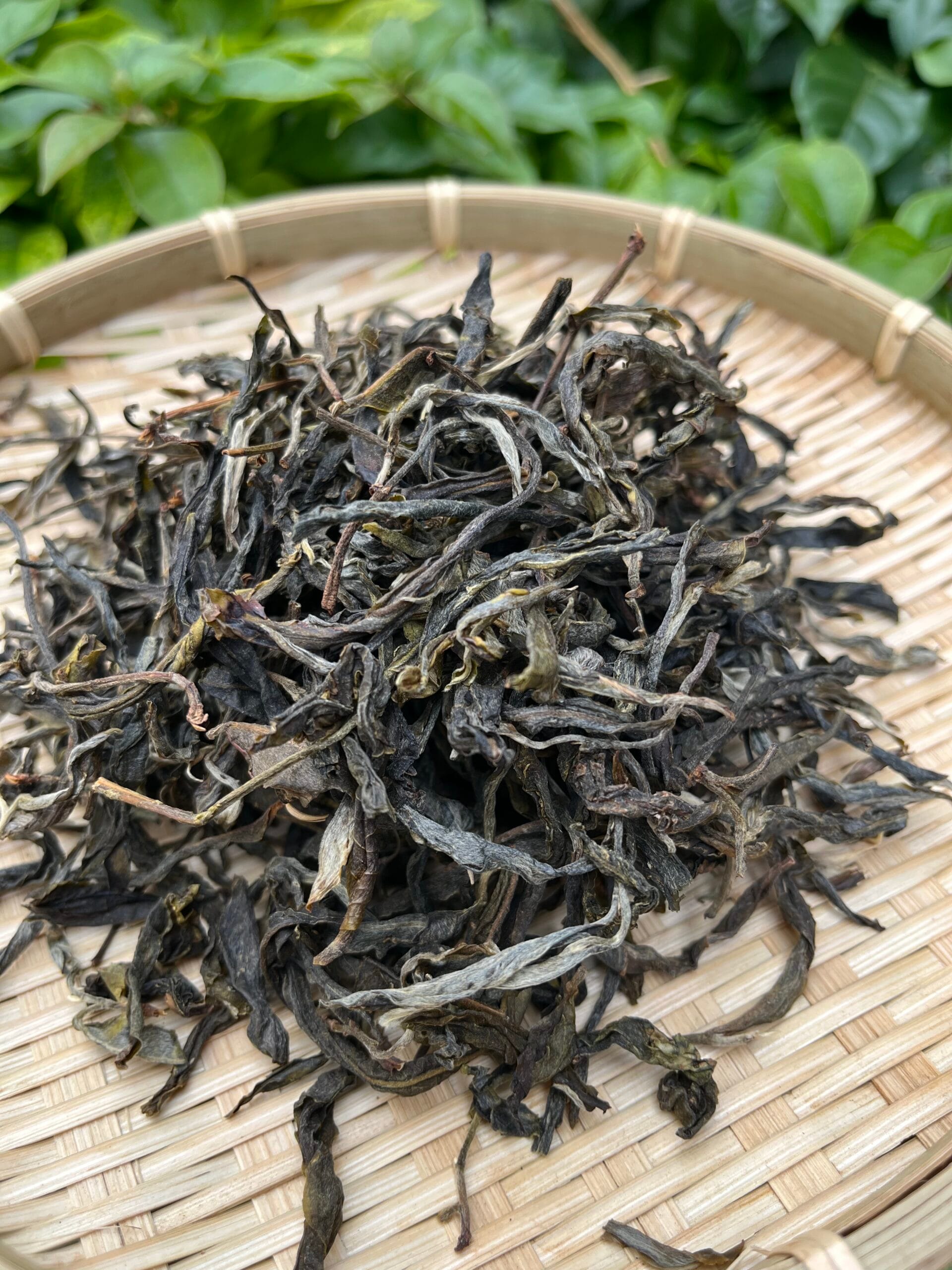
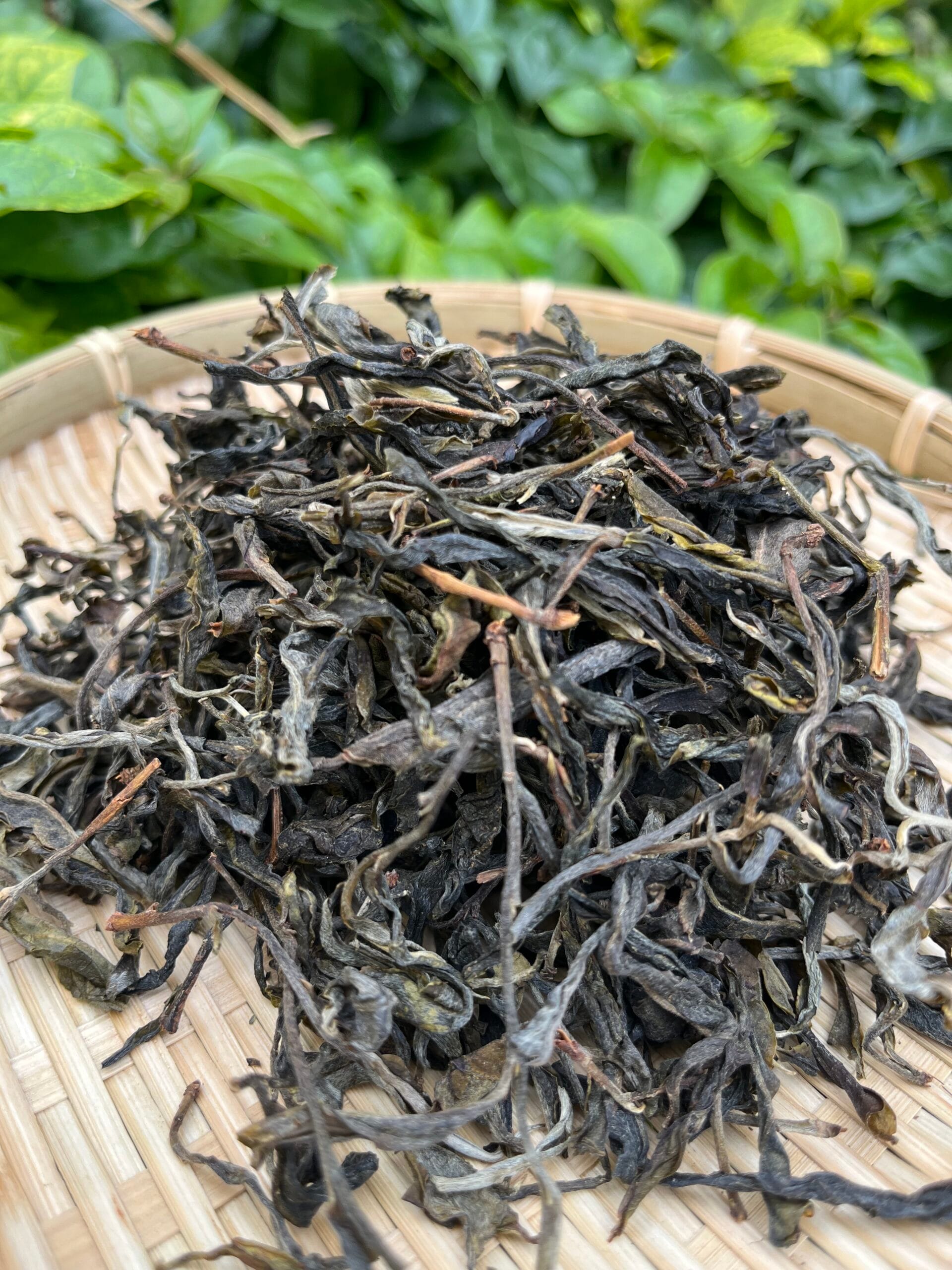

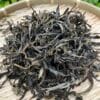
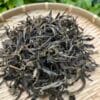
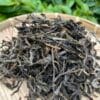












Reviews
There are no reviews yet.